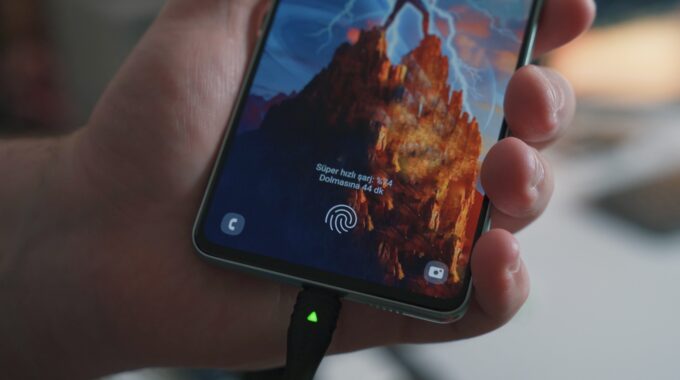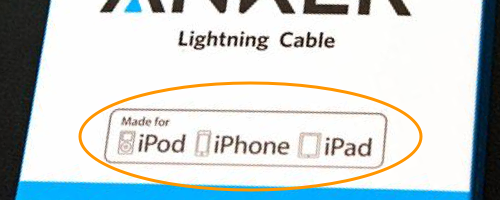iPhone Not Charging, Fake Charging Or Fast Battery Drain

Having issues with your iPhone not charging or the battery quickly draining? Often this can be the result of damage to a chip known as “Tristar” on your iPhone’s logic board. The chip is a part of the circuitry controlling USB functions. Most often this is caused by using a cheap or unofficial cable to charge your iPhone. These cheap cables lack a chip designed to regulate the voltage sent to your iPhone. Unregulated voltage results in fluctuations that ultimately burn out the Tristar chip preventing your iPhone from charging or connecting to iTunes.
Symptoms
- iPhone won’t charge.
- Charging takes much longer than normal.
- Battery Percentage shows increases then drops when unplugged (fake charging).
- Fast battery drain.
- Charging cable not detected.
- Blue Screen on iPhone 5s (one possible course).
- Error when restoring (one possible course).
Reason
The main reason for those issues is damage to the Tristar chip. Due to voltage fluctuations, this chip burns out and is no longer operational. This often happens when charging in a vehicle due to the high current spike when starting. Cheap chargers won’t regulate the voltage into your iPhone. Made For iPhone (MFi) cables include a chip that regulates and prevents fluctuations in voltage being sent to your iPhone. This includes Apple cables such as the one that came with your iPhone and 3rd party cables that display the MFi logo. Apple supplies them the connector with the correct chips and they manufacture the rest of the cable. An MFi cable will be more expensive but will protect your expensive iPhone and prevent having to shell out hundreds of dollars to replace a damaged Tristar.
“The MFi cables are important because those have a chip inside the cable that will protect your device from voltage fluctuations that will kill the device.” – Jessa Jones (iPad Rehab)
The most common causes are:
- Non “Made For iPhone” charging cable.
- Charging with a cigarette lighter in the car.
- Non “Made For iPhone” wallplugs.
- Cheap battery banks.
Tech Tip: Only purchase charging cables with the “Made For iPhone” Logo.
Diagnosing
The first step to diagnosing a fault with Tristar is to test the iPhone with another charging cable to rule out a damaged cable. Then testing with another charging port and battery.
The next step is the check the voltage being supplied to the iPhone. Testing the supply voltage requires a USB ammeter. The ammeter will indicate the supply voltage, this is 5 volts +/- a decimal on a normal iPhone. If the phone is charging it will also display the current draw in amps. For a normal iPhone, this is usually between 1 -2 amps. As the phone nears a full battery the draw will decrease.
This next step requires opening up the iPhone to test the voltage at the battery terminal. With the black probe on a ground connection (such as the sim tray) and the red on the leftmost battery terminal. Normally anything under 2 volts suggests an issue with the Tristar chip.
We offer a comprehensive diagnostic service which you can learn more about here.
Permanent Solution
Because this issue is due to damage with the logic board repair, it is not user repairable and requires a specialist to replace the Tristar chip on your iPhone. We strongly recommend that you find someone who has experience and knowledge in performing board level repairs. If you are unable to find someone iPhoneRepair.co.nz offer board repairs performed by experienced repair technicians that have dealt with and repaired Tristar issues. You can drop off or mail in your device for repair. Get a price or book a service.






